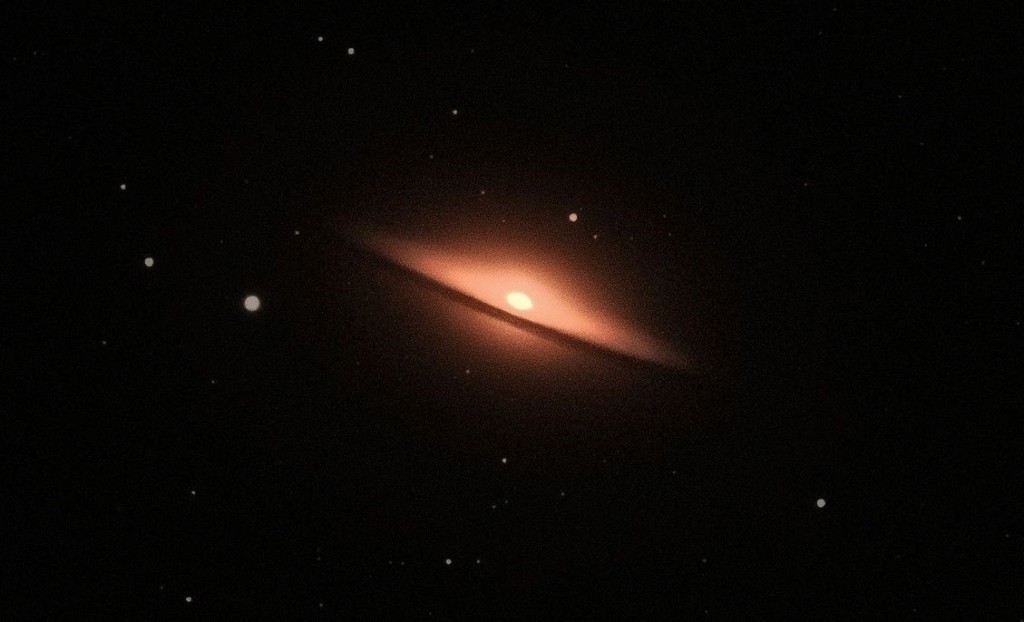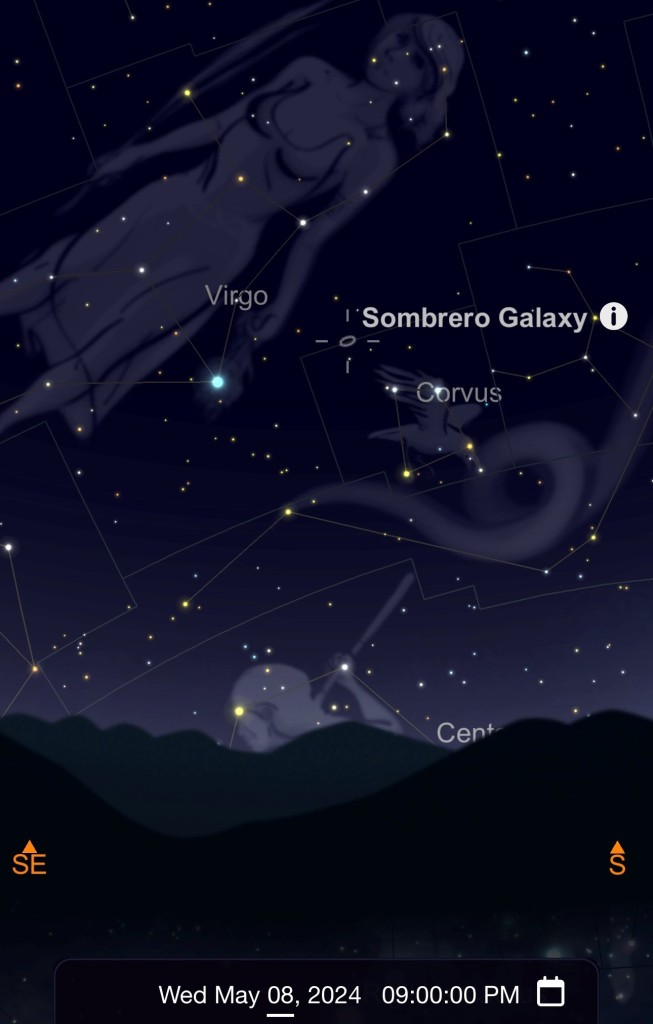
The late 18th Century was a golden age of astronomical discoveries. After Galileo famously pointed his early invention at the heavens in 1609, Dutch glassmakers spent decades perfecting the lens technology that allowed for larger telescopes and more precise visual observations. Every reigning monarch in Europe just had to have the latest and greatest telescopes, observatories, and professional astronomers at their personal disposal, and all of these eyes on the sky began to record diverse celestial phenomena. Astronomers the world over spent night after night gazing at the heavens and journalizing their observations in both the written word and sketches. With no “astronomy buds” group texts, mass peer emails, or posts of their findings on social media, the spread of these discoveries often took years for a publication to disseminate throughout the powerful capitals which fostered the Age of Enlightenment. As such, it was quite common for multiple observers to happen upon the same fuzzy patch of sky and note their unique, personal discovery. Essentially an informal and independent peer review, many of the nebulae, galaxies, comets, and even planets that we are so familiar with today were found in this manner. The Sombrero Galaxy is one such amazing find that you can also discover as a modern backyard astronomer.

Scientifically catalogued as Messier Object 104 (M104), it was independently discovered by no less than three separate astronomers between 1781 and 1784. Charles Messier himself noted and dismissed the Sombrero Galaxy, as he quickly discerned it was not a comet like those he was actively searching for. Viewed from Earth, this galaxy is seen edge-on, and its full breadth of approximately 100,000 light years is observed as a thin strip of light. Compared to a face-on galaxy, where the stars are spread across a much larger swath of space, edge-on galaxies appear brighter and are often easier for the amateur astronomer to locate. With a 100mm/4inch telescope, one can pick out this illuminated belt separate from the surrounding stars. 11.5° west of the bright blue-giant star Spica and 5.5° north-east of Eta Corvi, it is situated in the space between the hand of Virgo and wing of Corvus. Take advantage of the May 8th New Moon for extra dark skies and look to the SSE in the 9 o’clock hour. If you have a telescope in the 8” range, you will begin to discern the galactic center bulging around the supermassive blackhole that gravitationally binds the galaxy. It is this dense, bright nucleus resembling the crown of a hat from which the name is derived. 10” and larger scopes with optimal viewing conditions will also discern the dust lane, a dark swath of dispersed material that encircles the galaxy. This strip of darkness is mostly composed of molecular hydrogen and primordial dust, and infrared astronomy has revealed it is the primary nursery for the birth of new stars around the circumference of the Sombrero Galaxy. It is by studying these stellar generating regions that we can begin to understand the process by which our own Sun and solar system were formed, and our place within the Milky Way Galaxy and the Universe.
